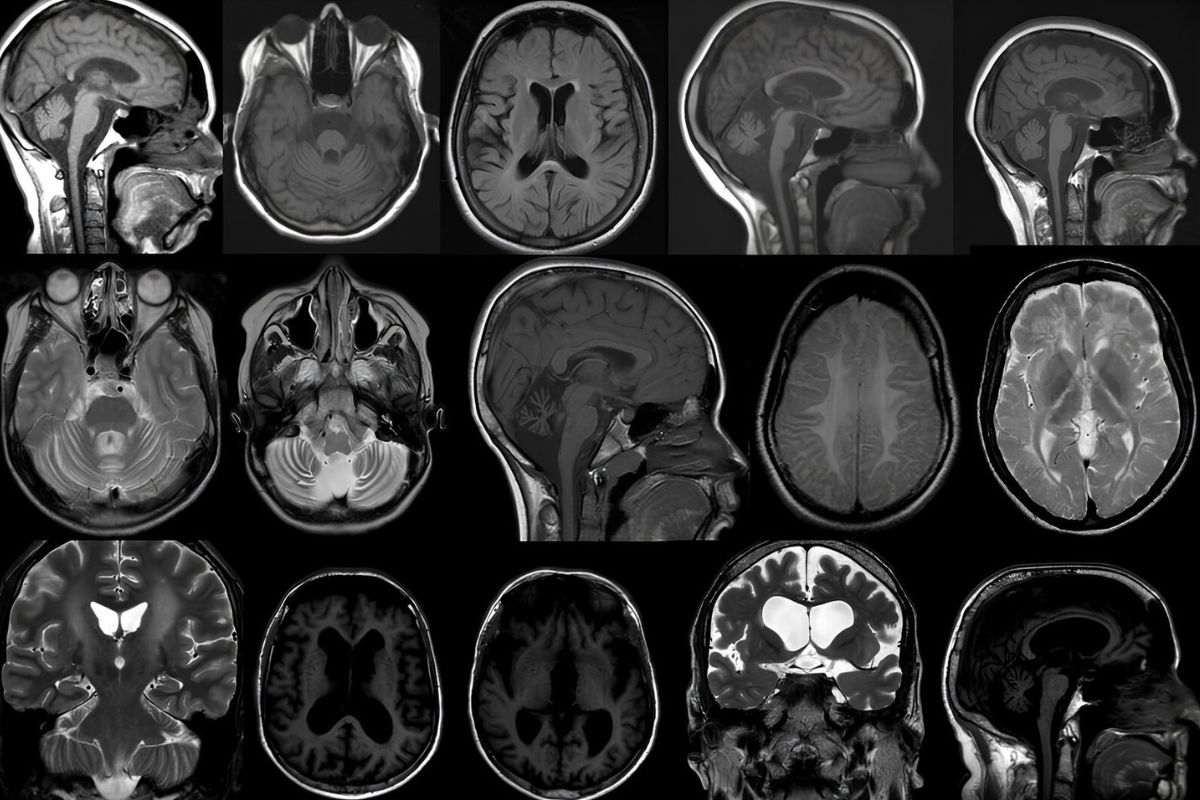
Neuropathy Sensory Spastic Paraplegia is a mouthful, but understanding it doesn't have to be. This condition affects the nerves and muscles, leading to weakness, stiffness, and sensory issues in the legs. Imagine trying to walk with heavy weights strapped to your legs while your feet feel numb. Sounds tough, right? That's what people with this condition experience daily. Neuropathy refers to nerve damage, while Spastic Paraplegia means muscle stiffness and weakness in the legs. Together, they create a challenging mix of symptoms. But don't worry, we've got 25 facts to help you understand this condition better. From causes to treatments, you'll get a clear picture of what Neuropathy Sensory Spastic Paraplegia is all about. Ready to dive in? Let's get started!
Key Takeaways:
- Neuropathy Sensory Spastic Paraplegia (NSSP) is a rare condition combining nerve damage and muscle stiffness. It can cause symptoms like weakness, sensory loss, and balance problems, often appearing in childhood or adolescence.
- NSSP is diagnosed through genetic testing, neurological exams, and imaging. While there's no cure, treatments like physical therapy, medications, and assistive devices can help manage symptoms and improve quality of life.
What is Neuropathy Sensory Spastic Paraplegia?
Neuropathy Sensory Spastic Paraplegia (NSSP) is a complex condition affecting the nervous system. It involves both neuropathy and spastic paraplegia, leading to a range of symptoms. Here are some key facts to help understand this condition better.
-
NSSP is a rare disorder. It affects a small percentage of the population, making it challenging to diagnose and treat.
-
It combines two conditions. Neuropathy involves nerve damage, while spastic paraplegia causes muscle stiffness and weakness.
-
Genetic factors play a role. Many cases of NSSP are inherited, meaning they are passed down through families.
-
Symptoms vary widely. Patients may experience different symptoms, including muscle stiffness, weakness, and sensory loss.
-
Early onset is common. Symptoms often appear in childhood or adolescence, though they can also develop later in life.
Symptoms of NSSP
Understanding the symptoms can help in early detection and management. Here are some common symptoms associated with NSSP.
-
Muscle stiffness. One of the hallmark symptoms, leading to difficulty in movement.
-
Weakness in the legs. This can make walking and other activities challenging.
-
Sensory loss. Patients may lose sensation in their limbs, affecting their ability to feel pain or temperature changes.
-
Spasticity. Involuntary muscle contractions can occur, causing discomfort and mobility issues.
-
Balance problems. Difficulty maintaining balance can lead to frequent falls.
Causes of NSSP
The causes of NSSP are varied and complex. Here are some key factors that contribute to the development of this condition.
-
Genetic mutations. Specific gene mutations are often responsible for NSSP.
-
Inherited patterns. The condition can be passed down in an autosomal dominant or recessive manner.
-
Environmental factors. While genetics play a major role, environmental factors can also contribute.
-
Nerve damage. Damage to the peripheral nerves is a significant cause of neuropathy in NSSP.
-
Central nervous system involvement. The brain and spinal cord can also be affected, leading to spastic paraplegia.
Diagnosis of NSSP
Diagnosing NSSP can be challenging due to its rarity and the variability of symptoms. Here are some methods used for diagnosis.
-
Genetic testing. Identifying specific gene mutations can confirm a diagnosis.
-
Neurological exams. Doctors assess muscle strength, reflexes, and sensory function.
-
Electromyography (EMG). This test measures electrical activity in muscles to detect nerve damage.
-
Nerve conduction studies. These tests evaluate how well electrical signals travel through nerves.
-
MRI scans. Imaging of the brain and spinal cord can reveal abnormalities.
Treatment Options for NSSP
While there is no cure for NSSP, various treatments can help manage symptoms and improve quality of life. Here are some common treatment approaches.
-
Physical therapy. Exercises and stretches can help maintain muscle strength and flexibility.
-
Medications. Drugs can be prescribed to manage pain, spasticity, and other symptoms.
-
Assistive devices. Tools like braces, walkers, or wheelchairs can aid mobility.
-
Occupational therapy. This helps patients adapt to daily activities and maintain independence.
-
Surgical interventions. In some cases, surgery may be necessary to address severe symptoms or complications.
Understanding Neuropathy Sensory Spastic Paraplegia
Neuropathy Sensory Spastic Paraplegia (NSSP) is a complex condition affecting many lives. Knowing the symptoms, causes, and treatment options can make a big difference. Early diagnosis and medical intervention are crucial for managing this disorder. Genetic factors often play a role, so family history should be considered. Physical therapy, medications, and lifestyle changes can help improve quality of life.
Staying informed and proactive in seeking medical advice is key. Support groups and community resources can offer additional help and emotional support. Remember, you're not alone in this journey. Always consult healthcare professionals for personalized advice and treatment plans.
By understanding NSSP better, you can take steps to manage it effectively and improve your overall well-being. Stay educated, stay proactive, and take control of your health.
Frequently Asked Questions
Was this page helpful?
Our commitment to delivering trustworthy and engaging content is at the heart of what we do. Each fact on our site is contributed by real users like you, bringing a wealth of diverse insights and information. To ensure the highest standards of accuracy and reliability, our dedicated editors meticulously review each submission. This process guarantees that the facts we share are not only fascinating but also credible. Trust in our commitment to quality and authenticity as you explore and learn with us.
